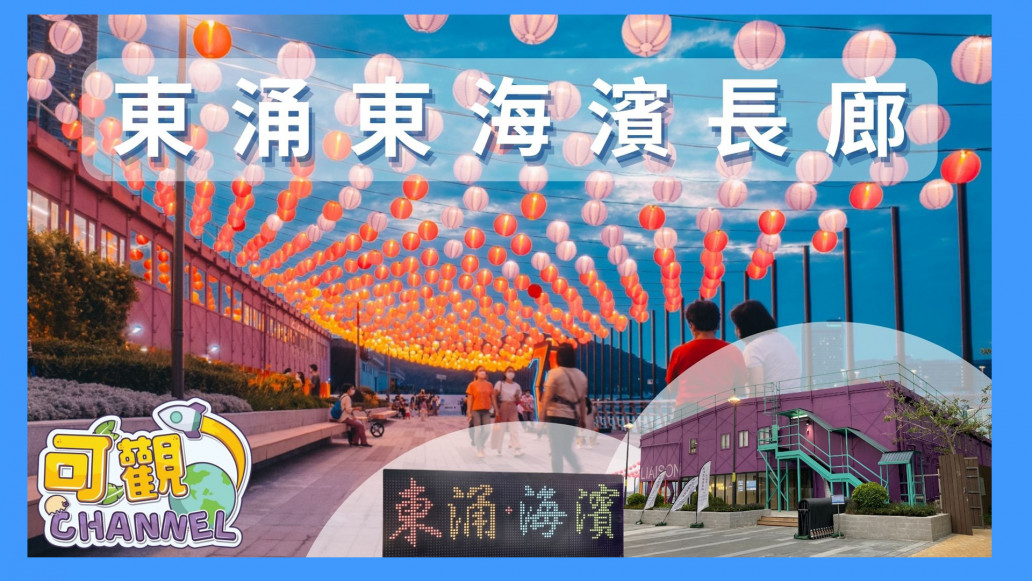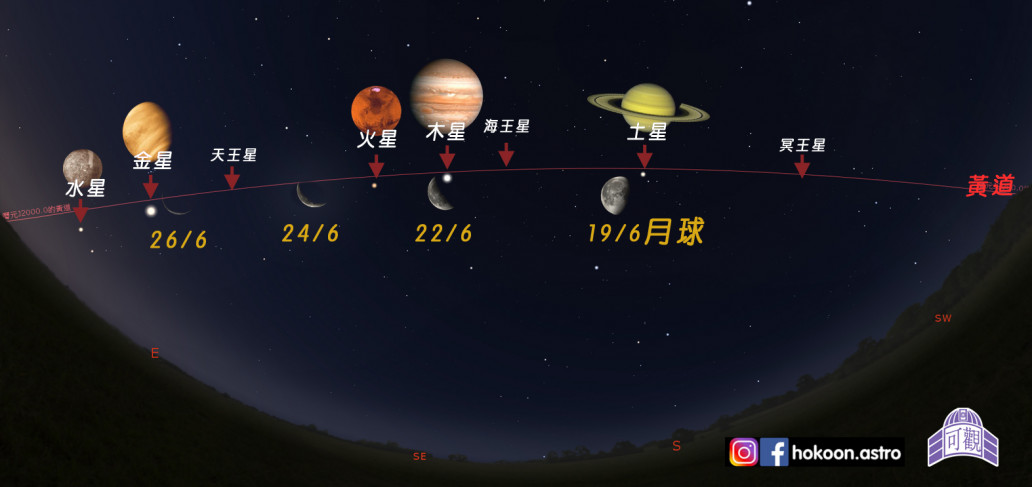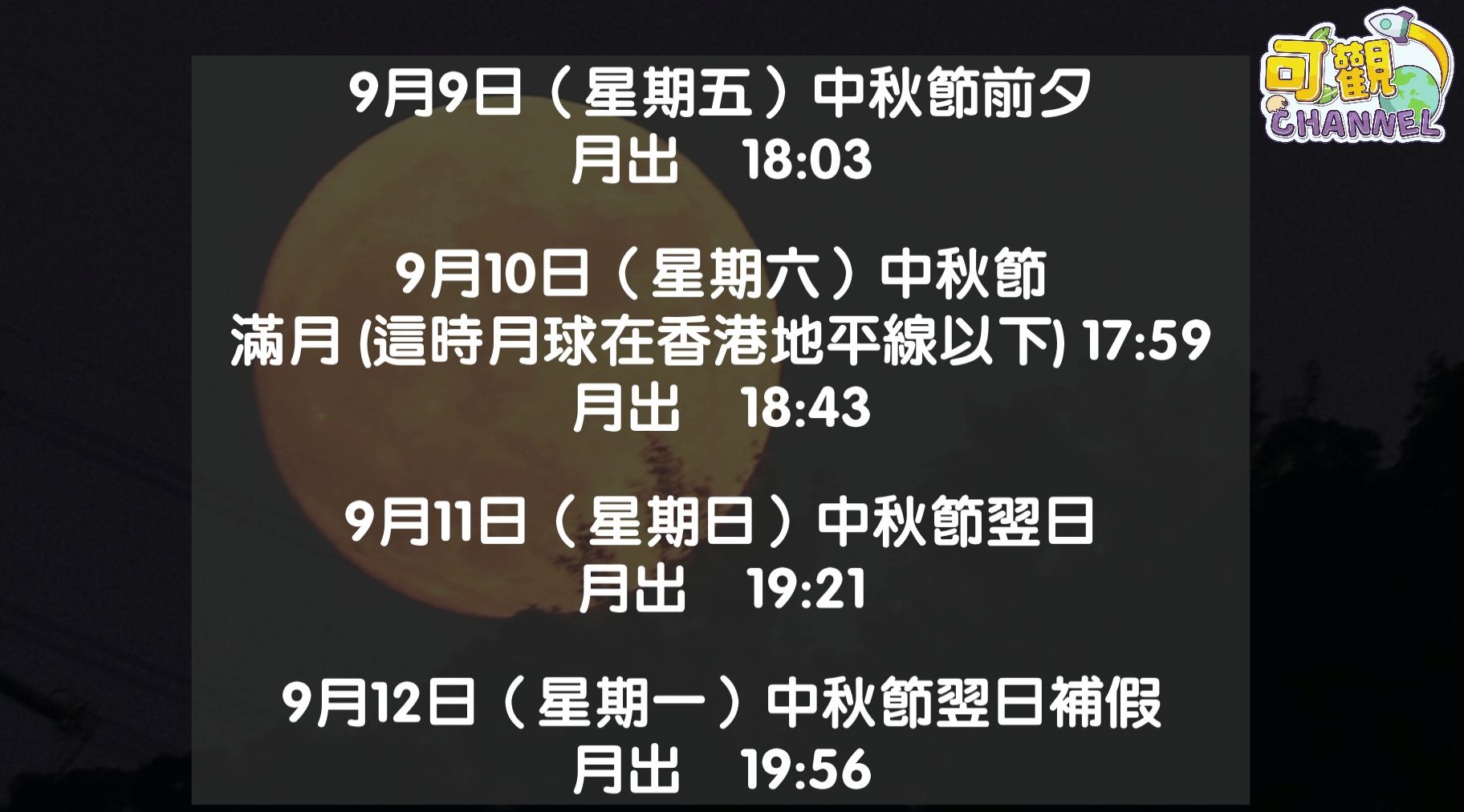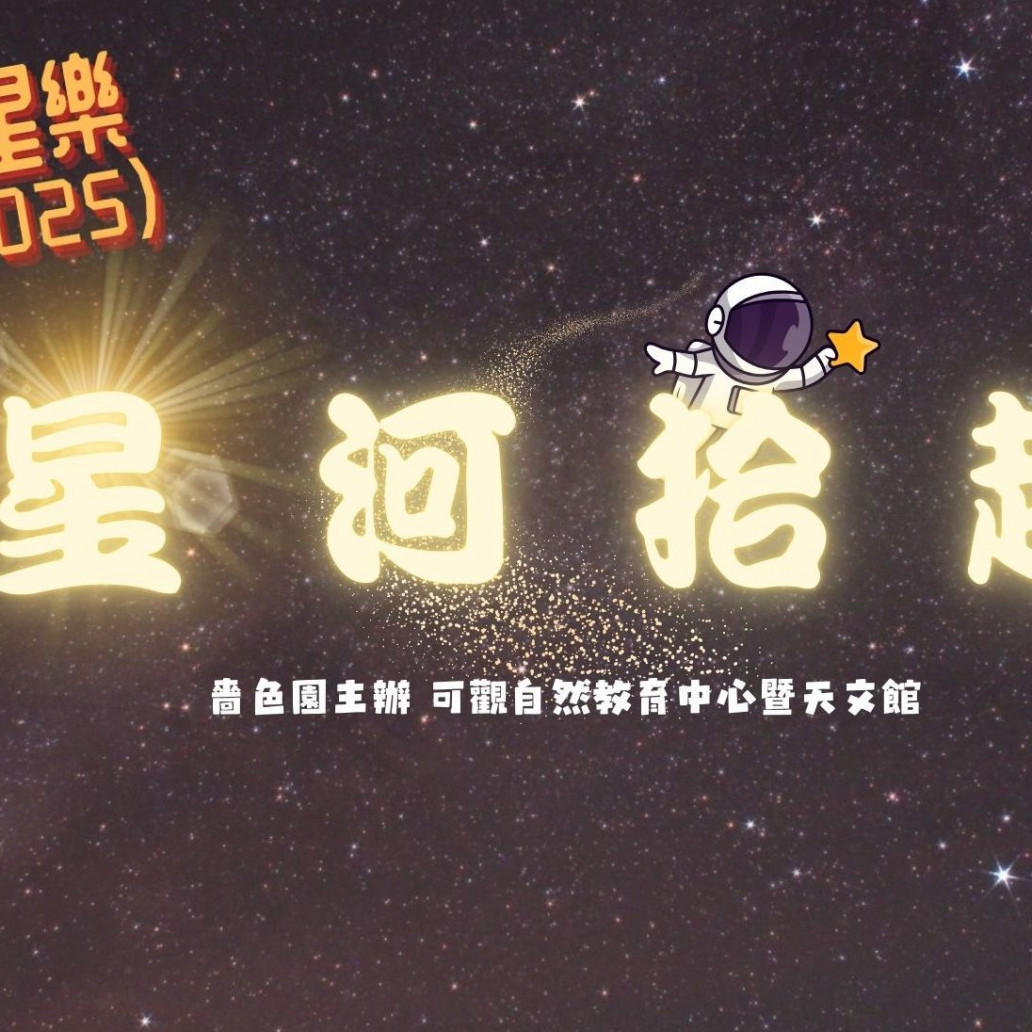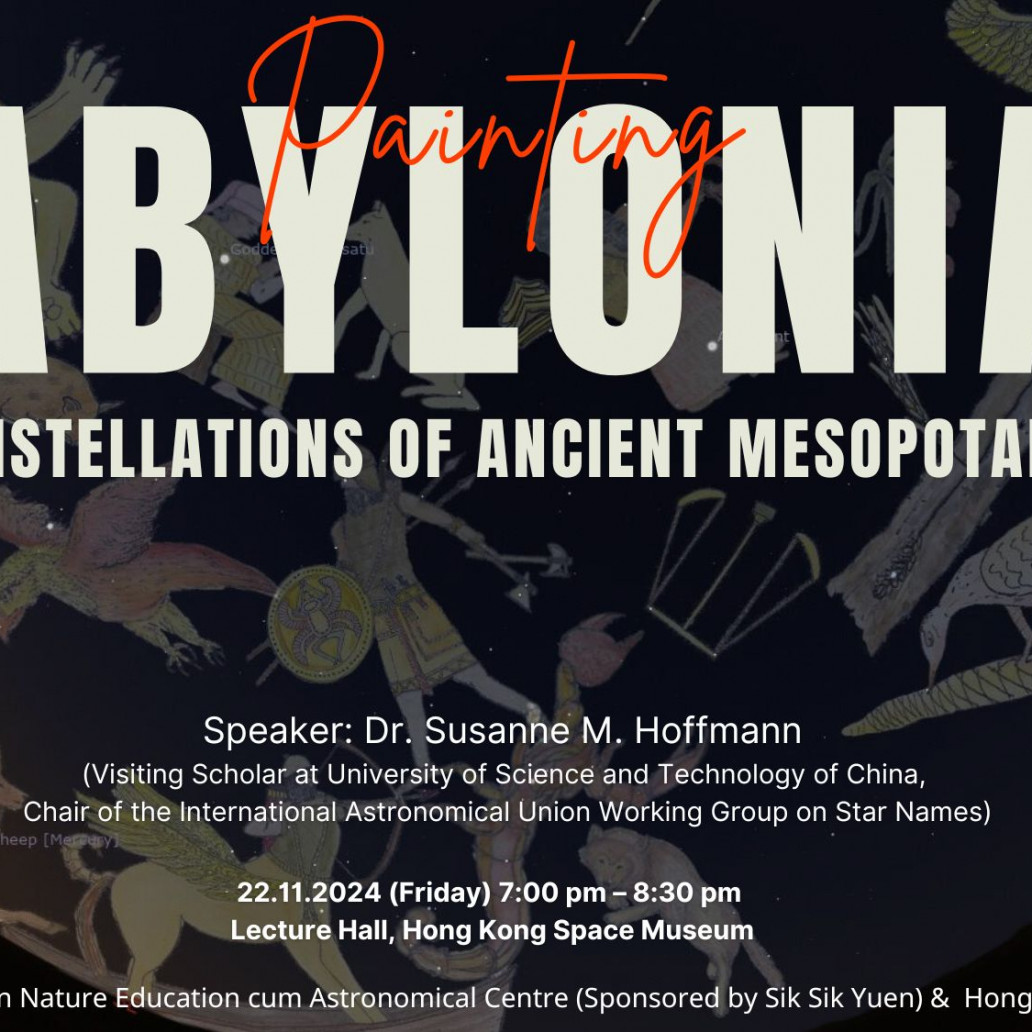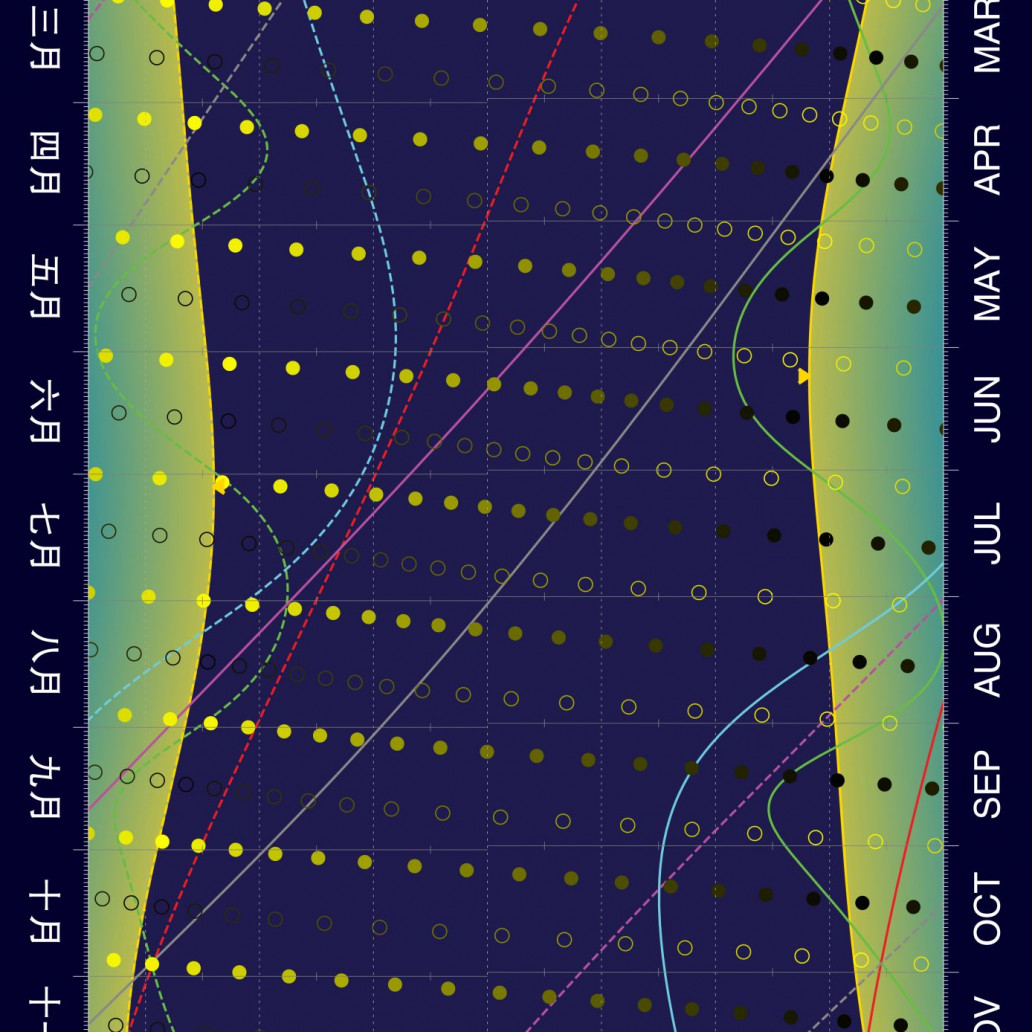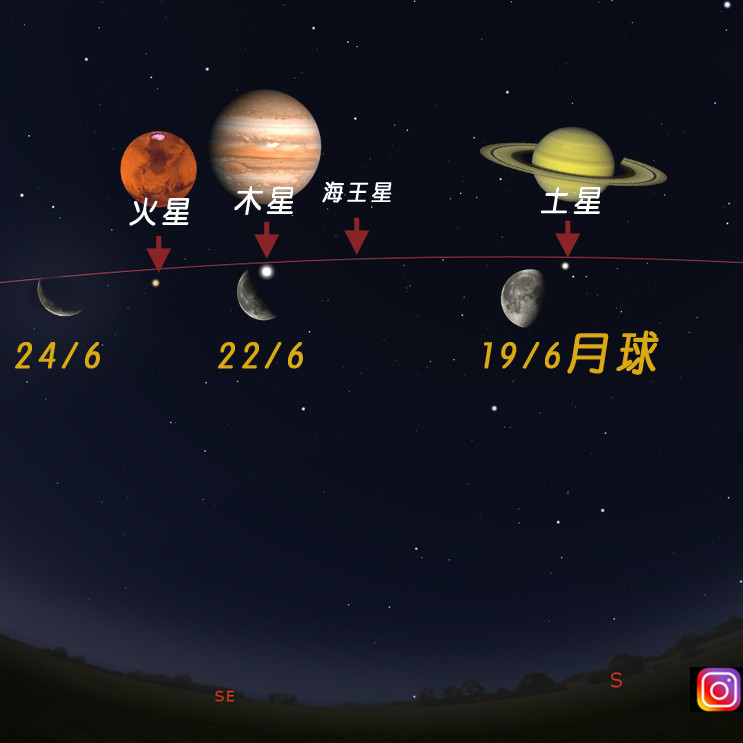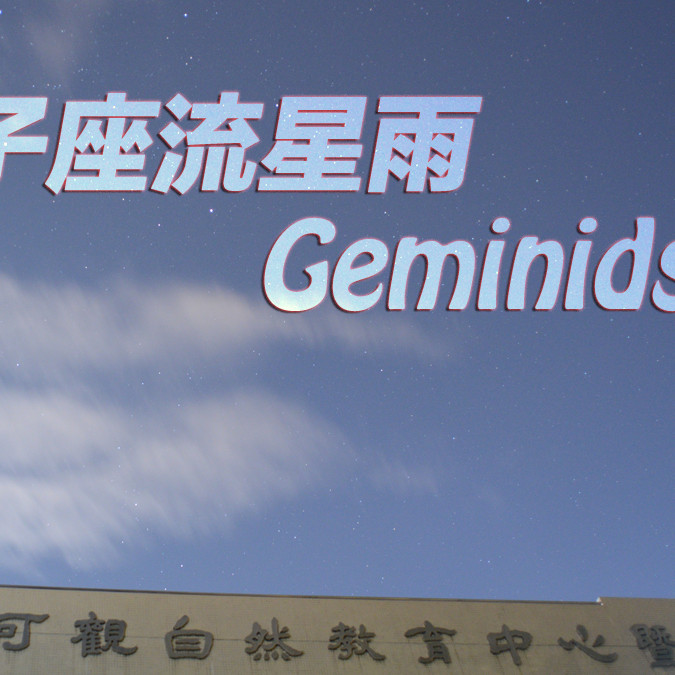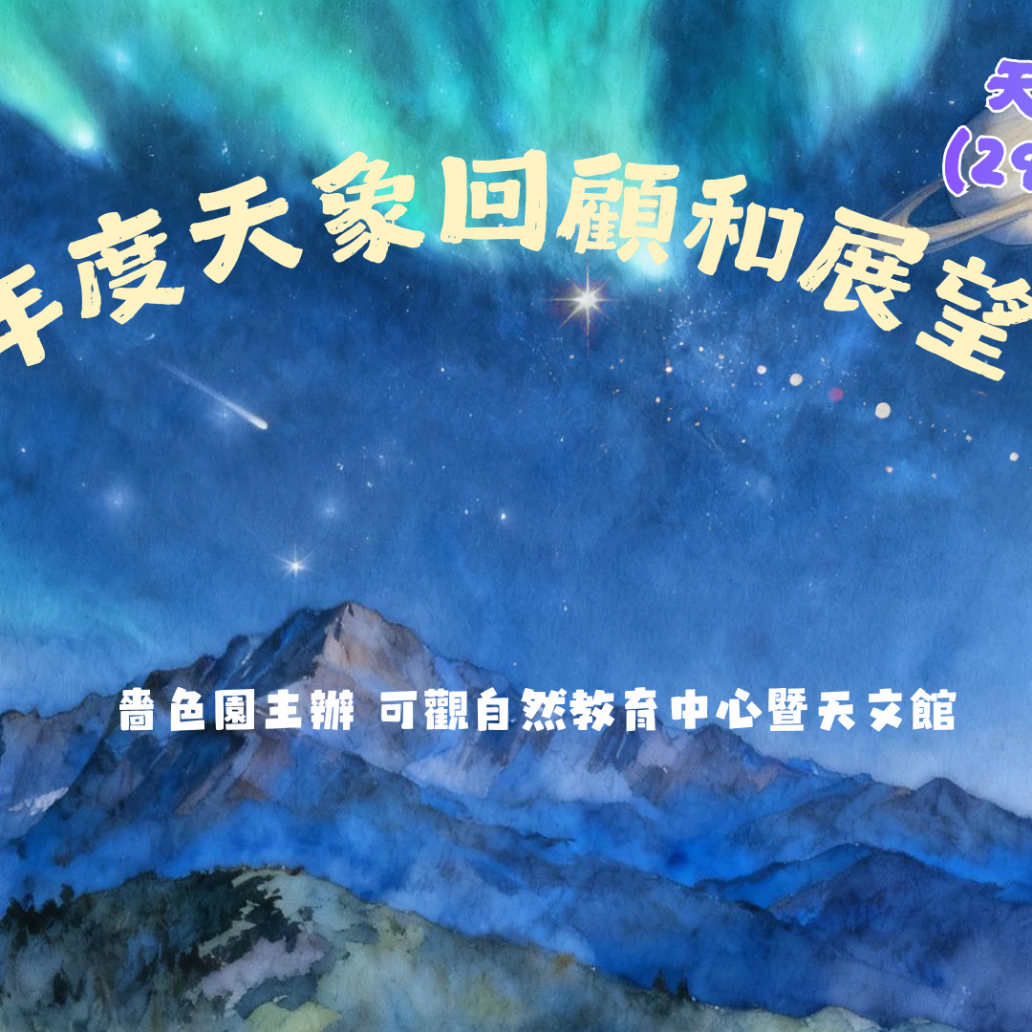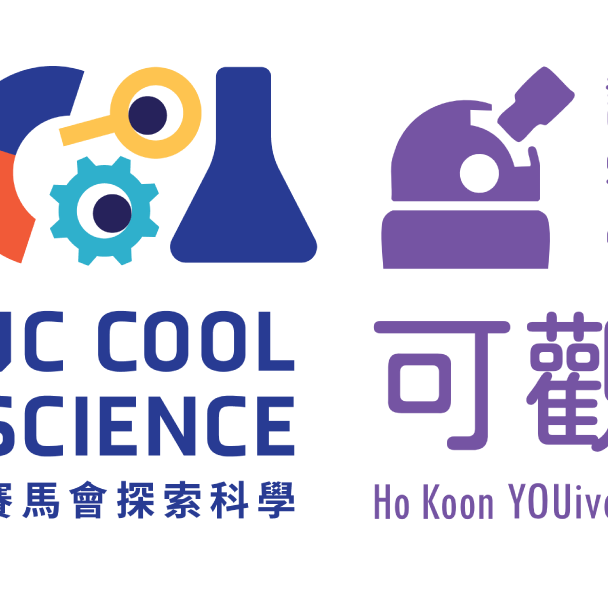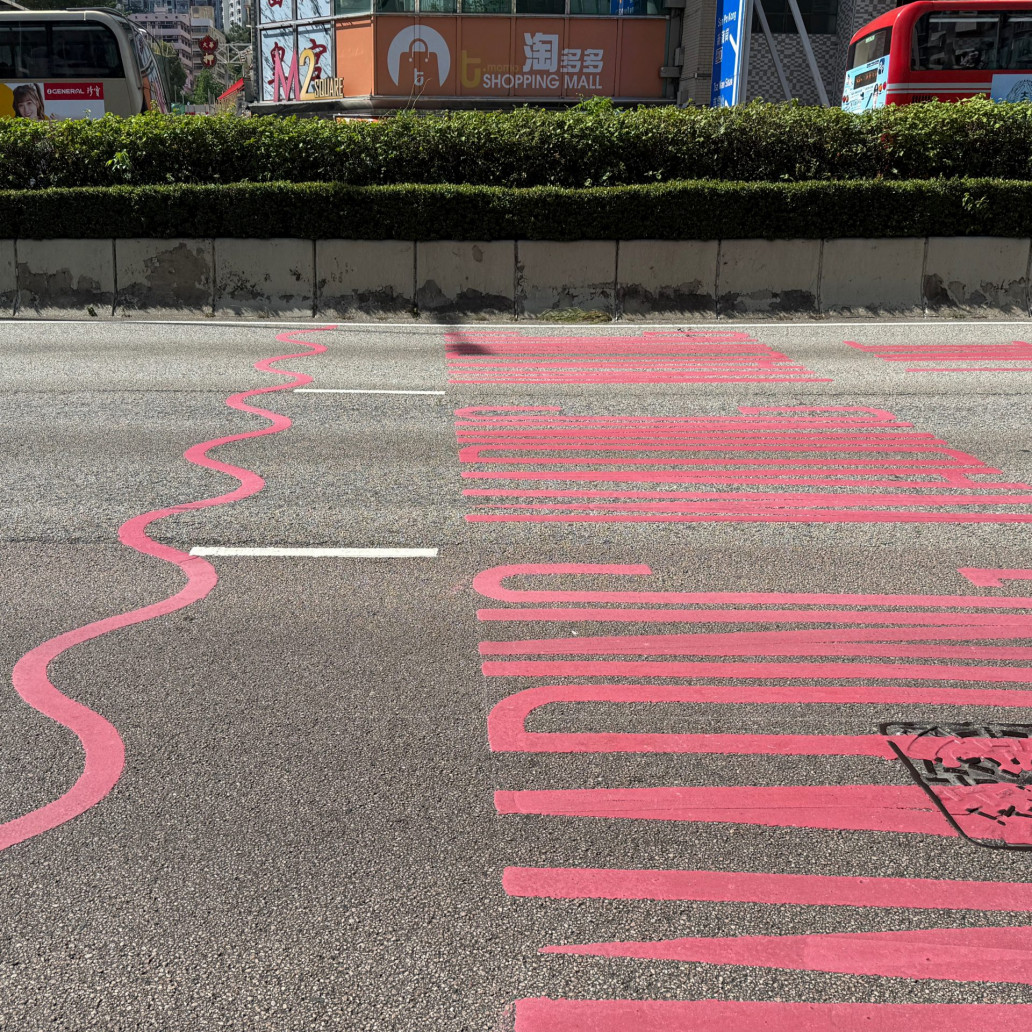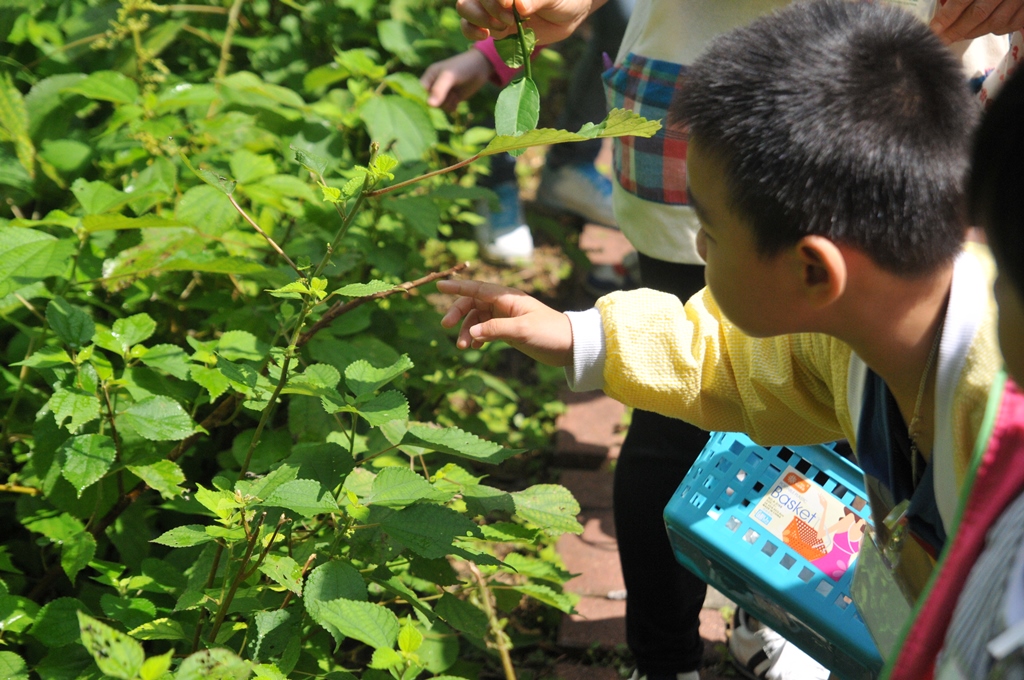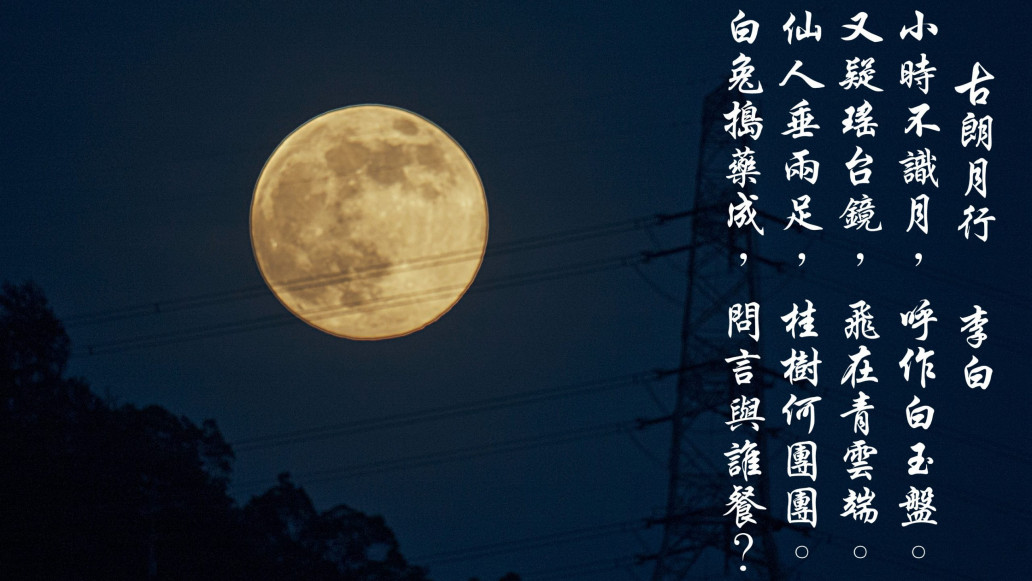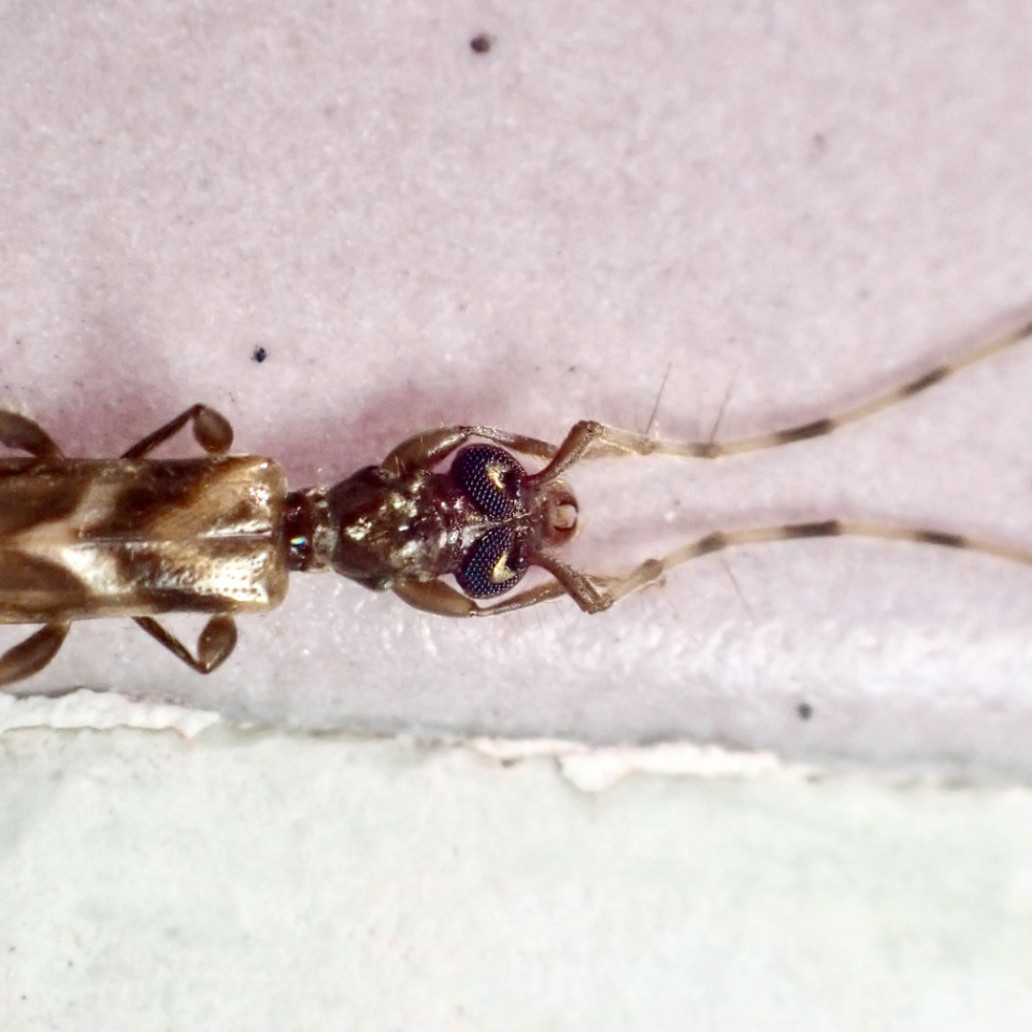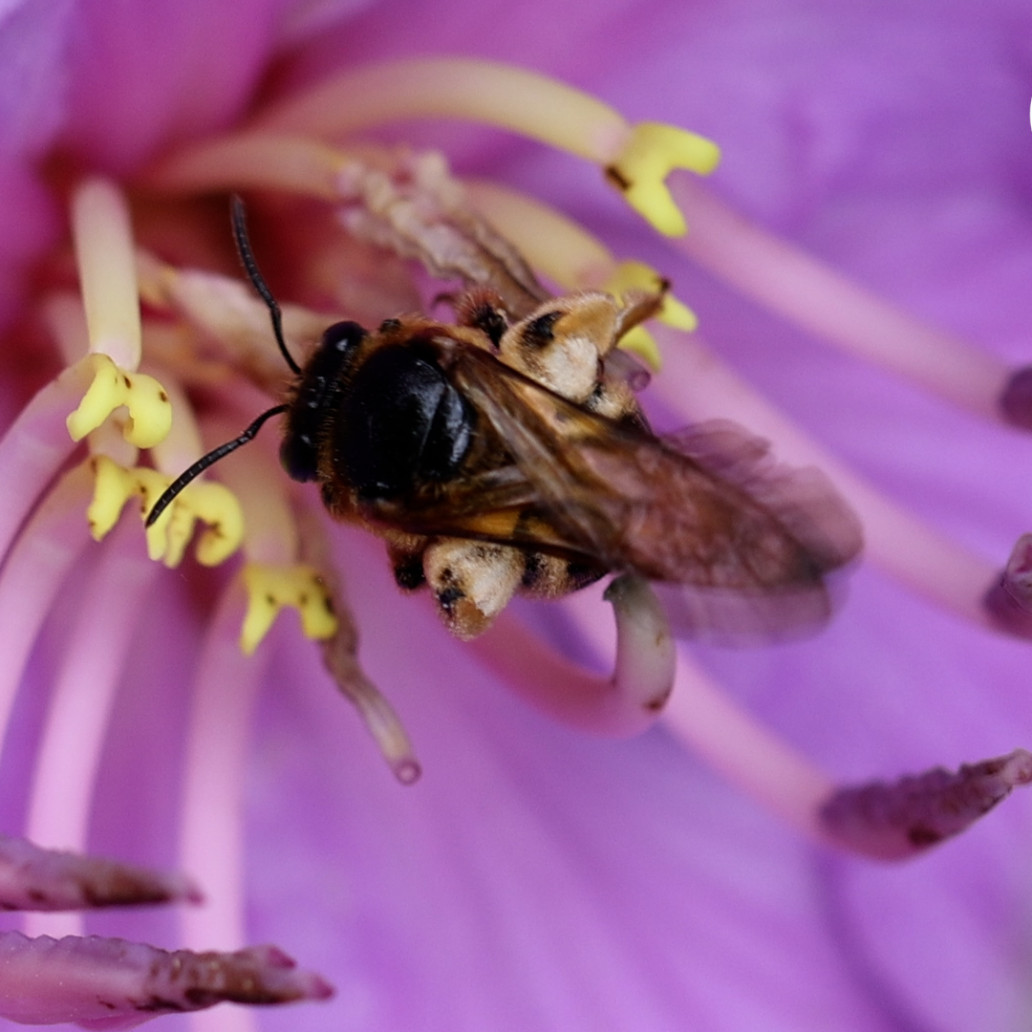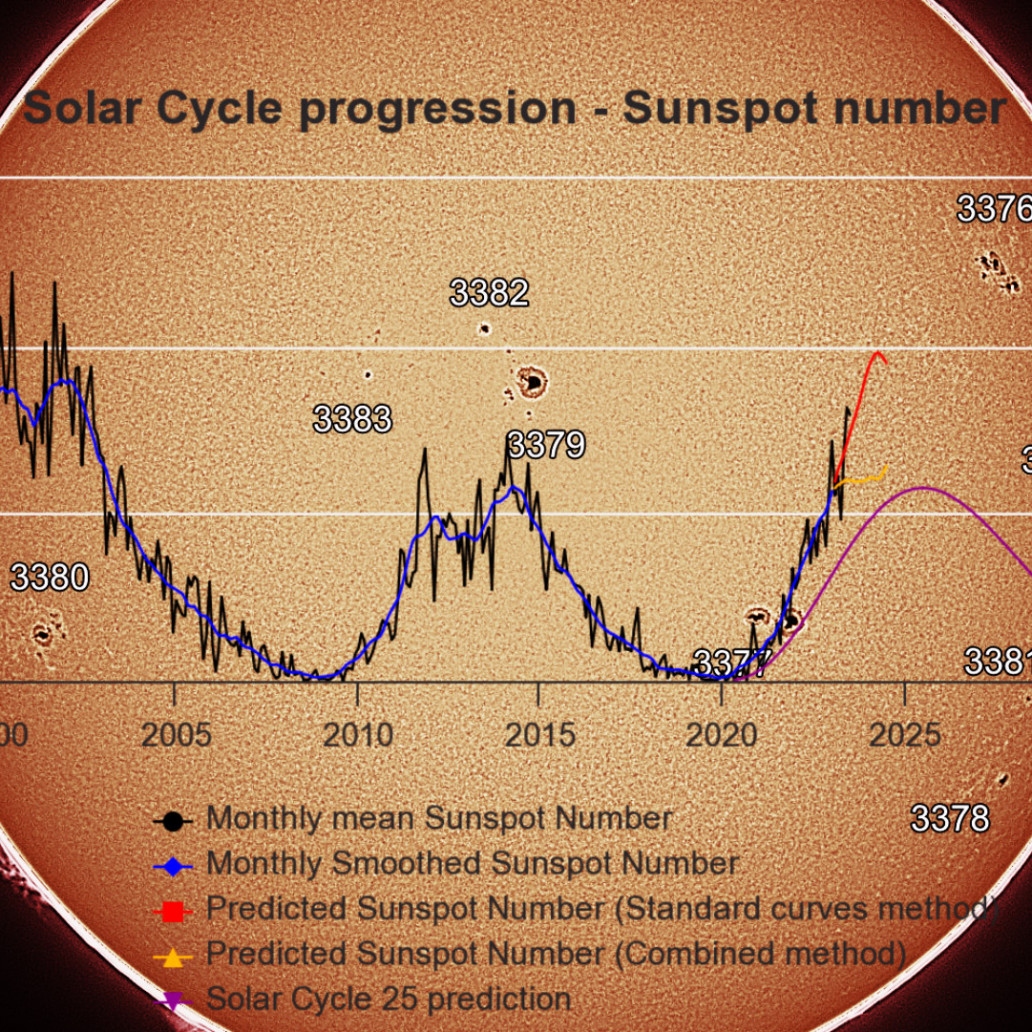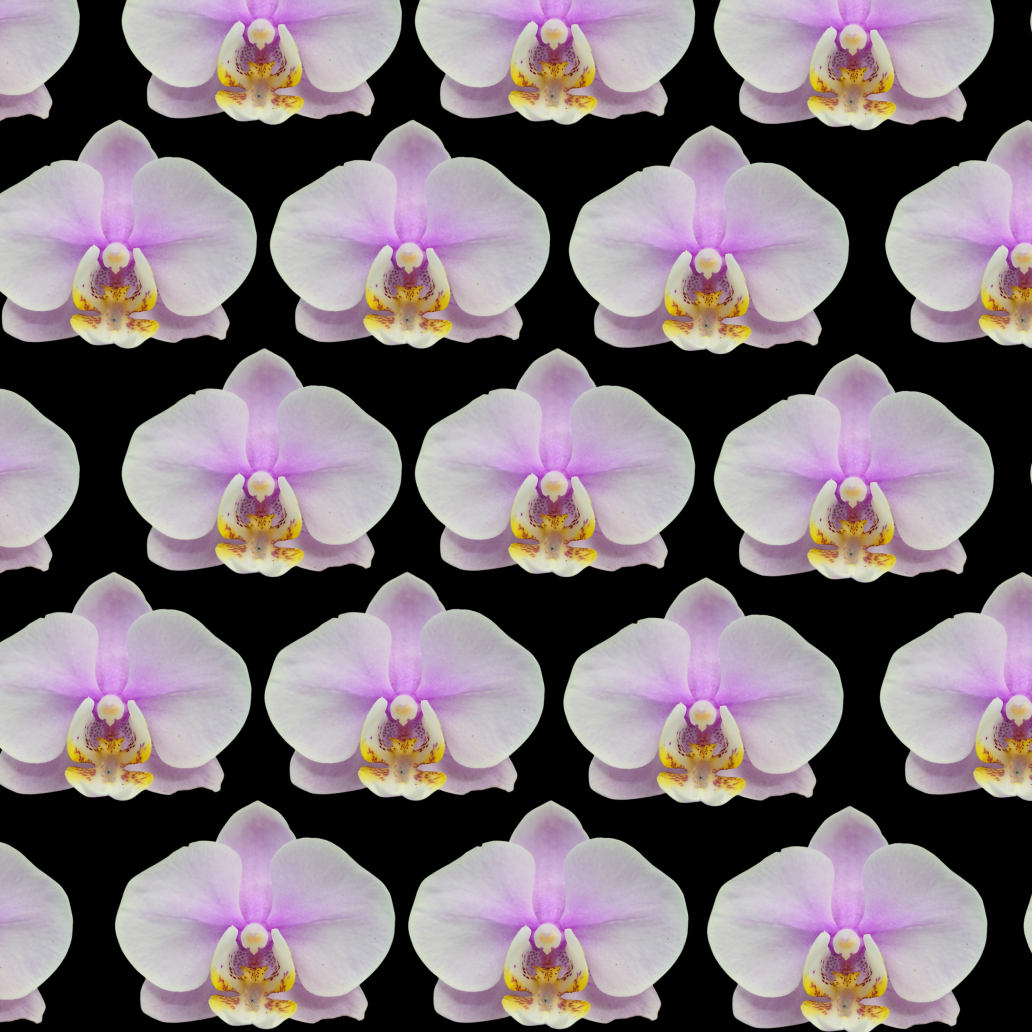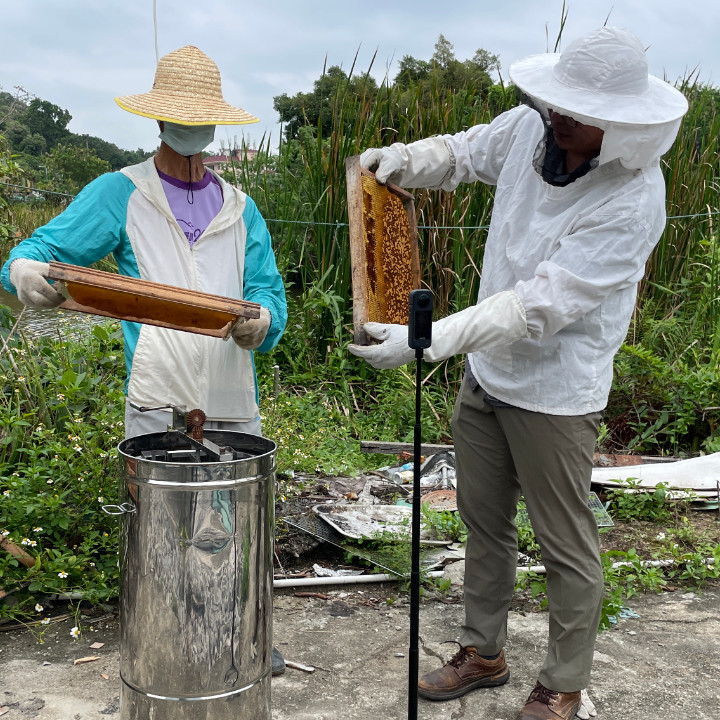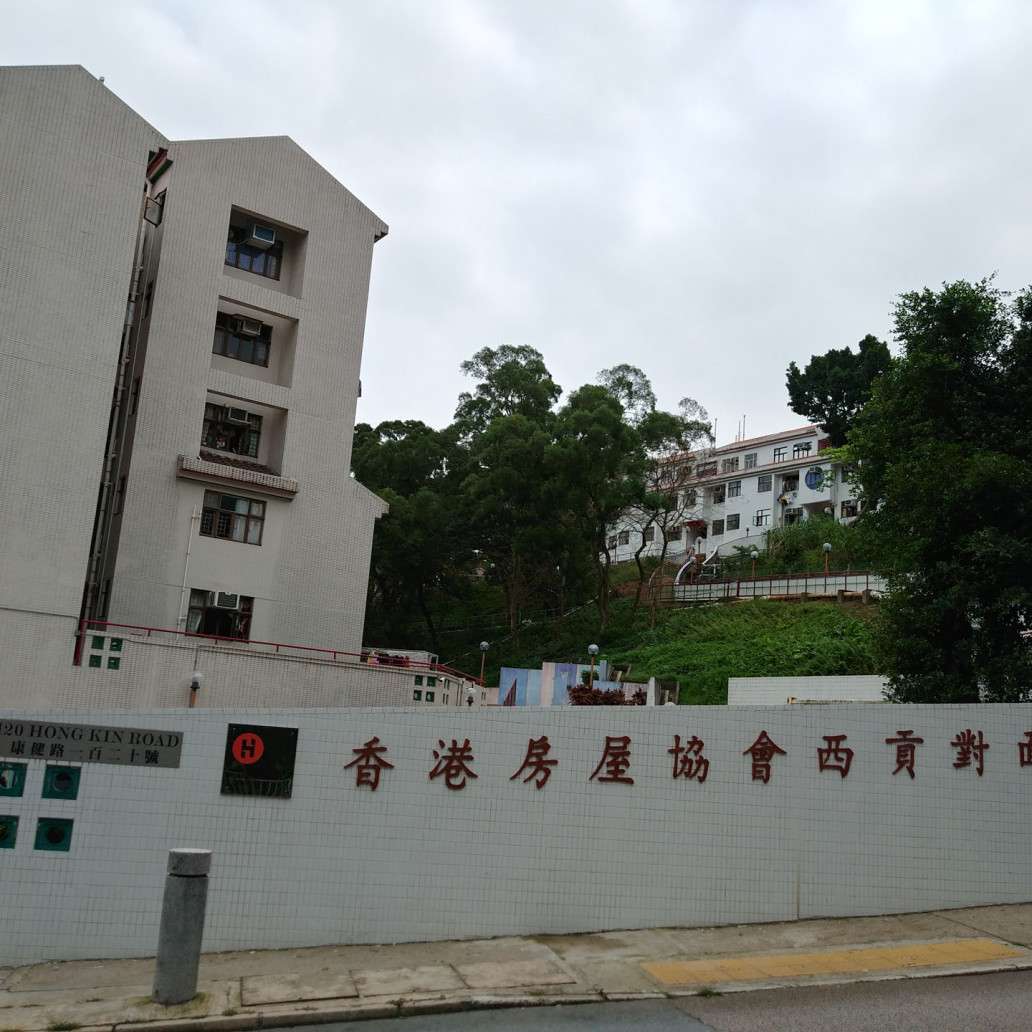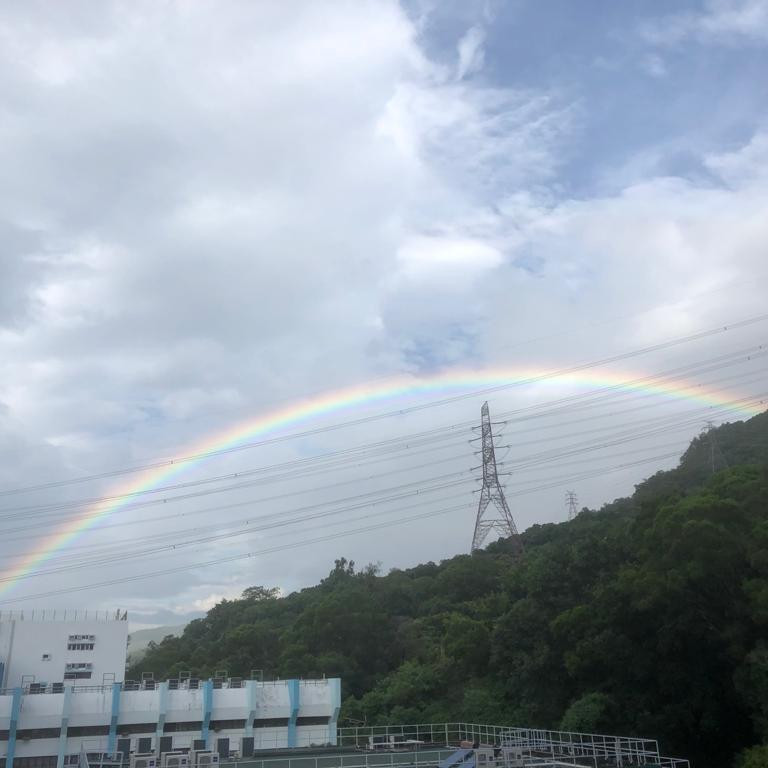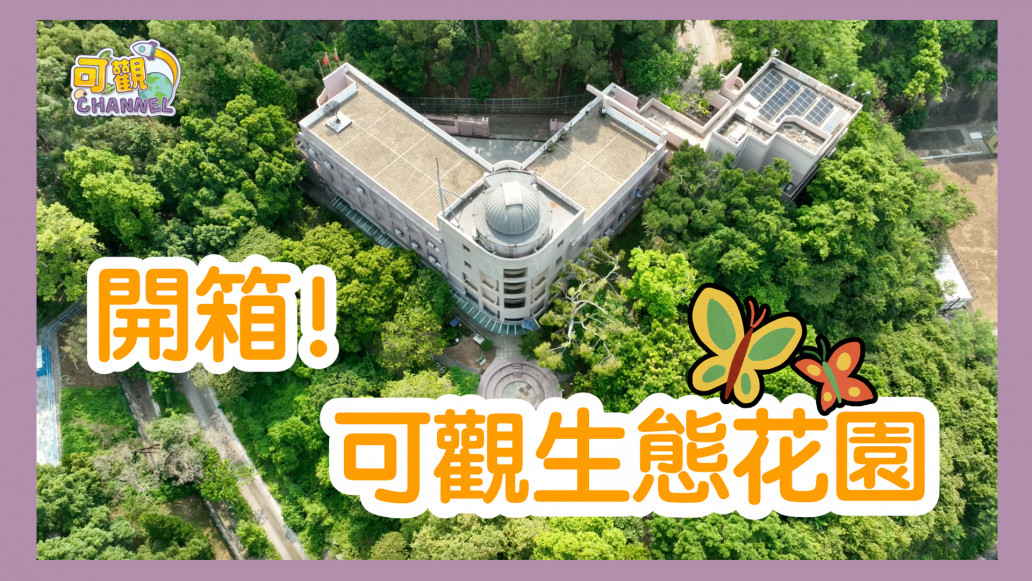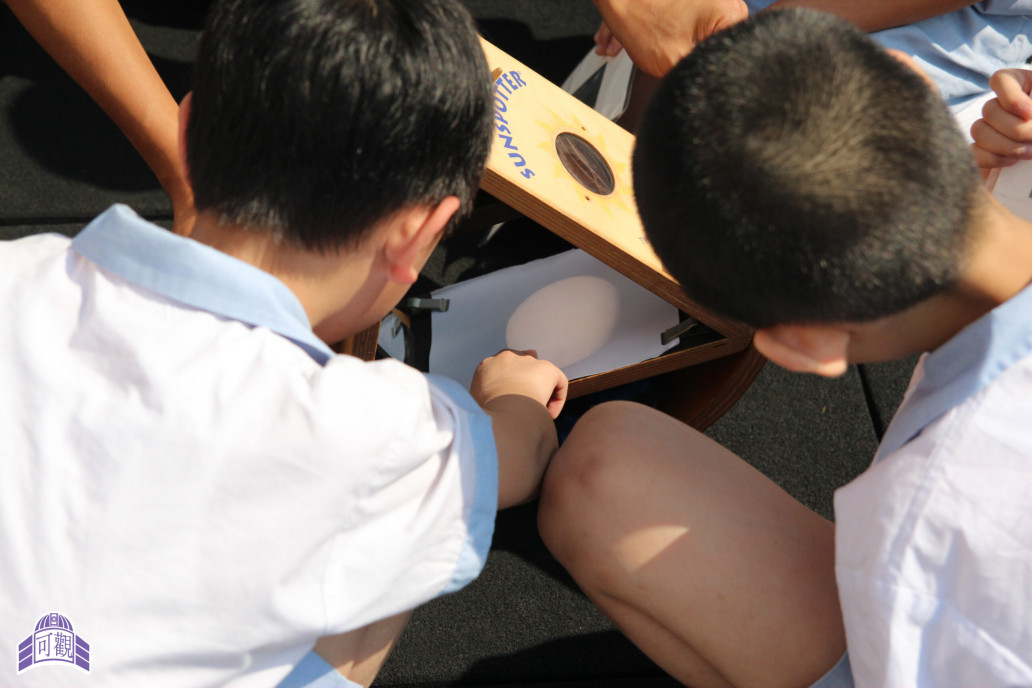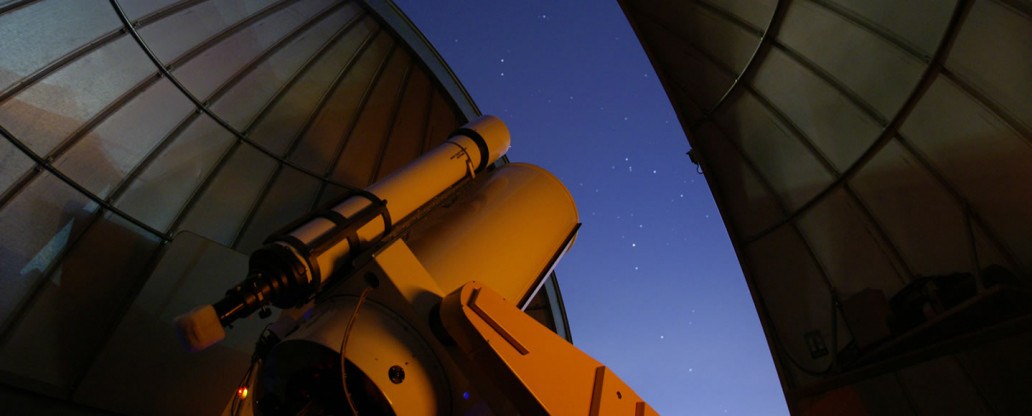東涌東海濱長廊|花燈節2022|東涌社區聯絡中心
東涌東海濱長廊|花燈節2022|東涌社區聯絡中心
東涌東海濱長廊是將臨時工地改為休憩用地的例子,快看看影片的介紹吧! 東涌社區聯絡中心及海濱長廊-更多內容請瀏覽: https://www.lantau.gov.hk/tc/communit… #東涌 #中秋節 #花燈節2022 #東涌東海濱長廊 #東涌社區聯絡中心 #地理 #geography #離島 #土地利用
2022中秋賞月時間 同場加演(11/9)「木星合月」
2022中秋賞月時間 同場加演(11/9)「木星合月」
去片: 中秋賞月攻略
2022中秋節月亮出沒時間
| 9月9日(星期五)中秋節前夕 | |
| 月出 | 18:03 |
| 上中天 (仰角54°) | 23:50 |
| 月落 | 翌日05:41 |
| 9月10日(星期六)中秋節 | |
| 滿月 (月球在地平線以下) | 17:59 |
| 月出 | 18:43 |
| 上中天 (仰角60°) | 翌日00:40 |
| 月落 | 翌日06:43 |
| 9月11日(星期日)中秋節翌日 | |
| 月出 | 19:21 |
| 上中天 (仰角67°) | 翌日01:28 |
| 月落 | 翌日07:41 |
| 9月12日(星期一)中秋節翌日補假 | |
| 月出 | 19:56 |
| 上中天 (仰角72°) | 翌日02:15 |
| 月落 | 翌日08:39 |
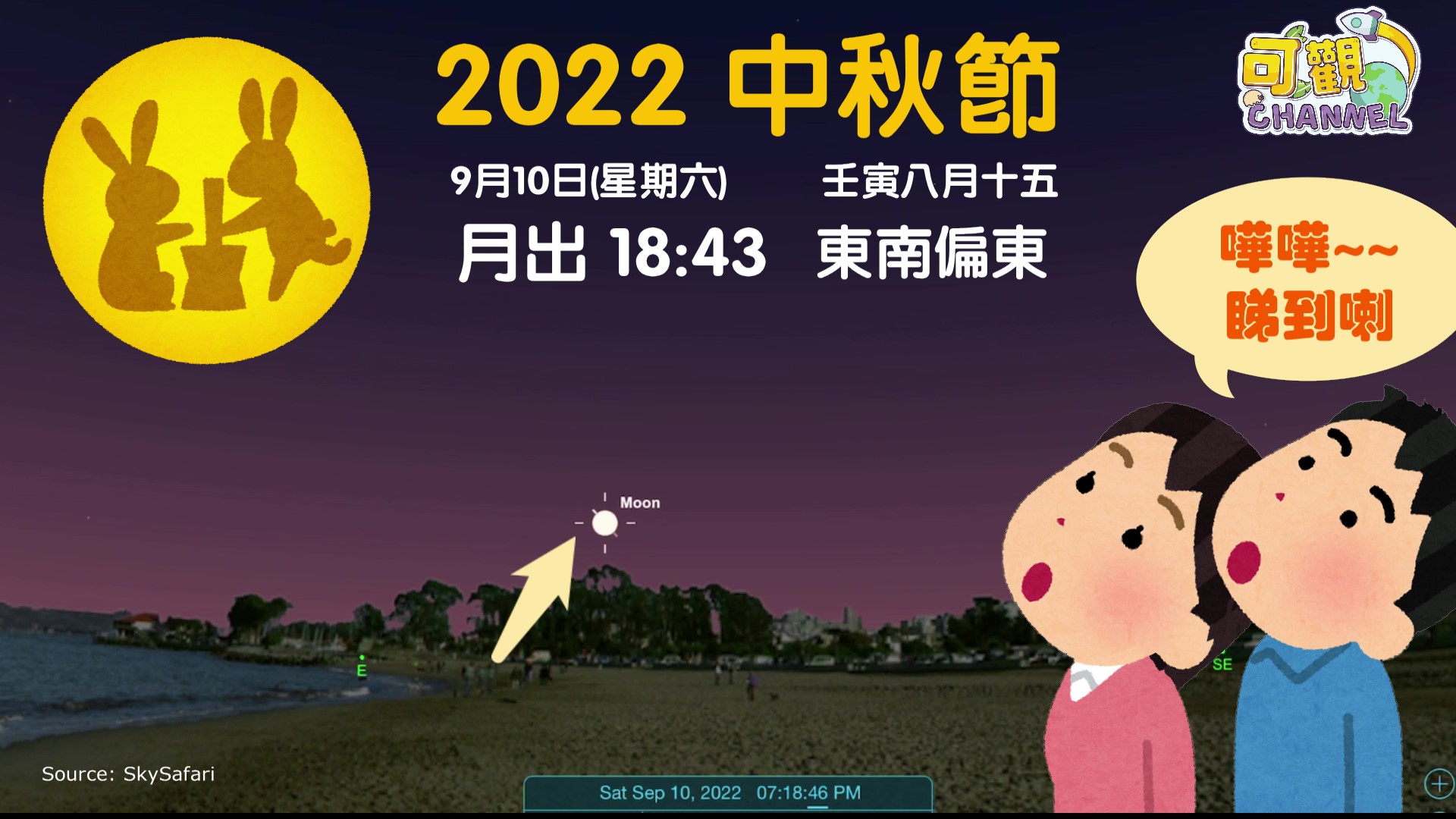
2022.9.11 23:17 木星合月
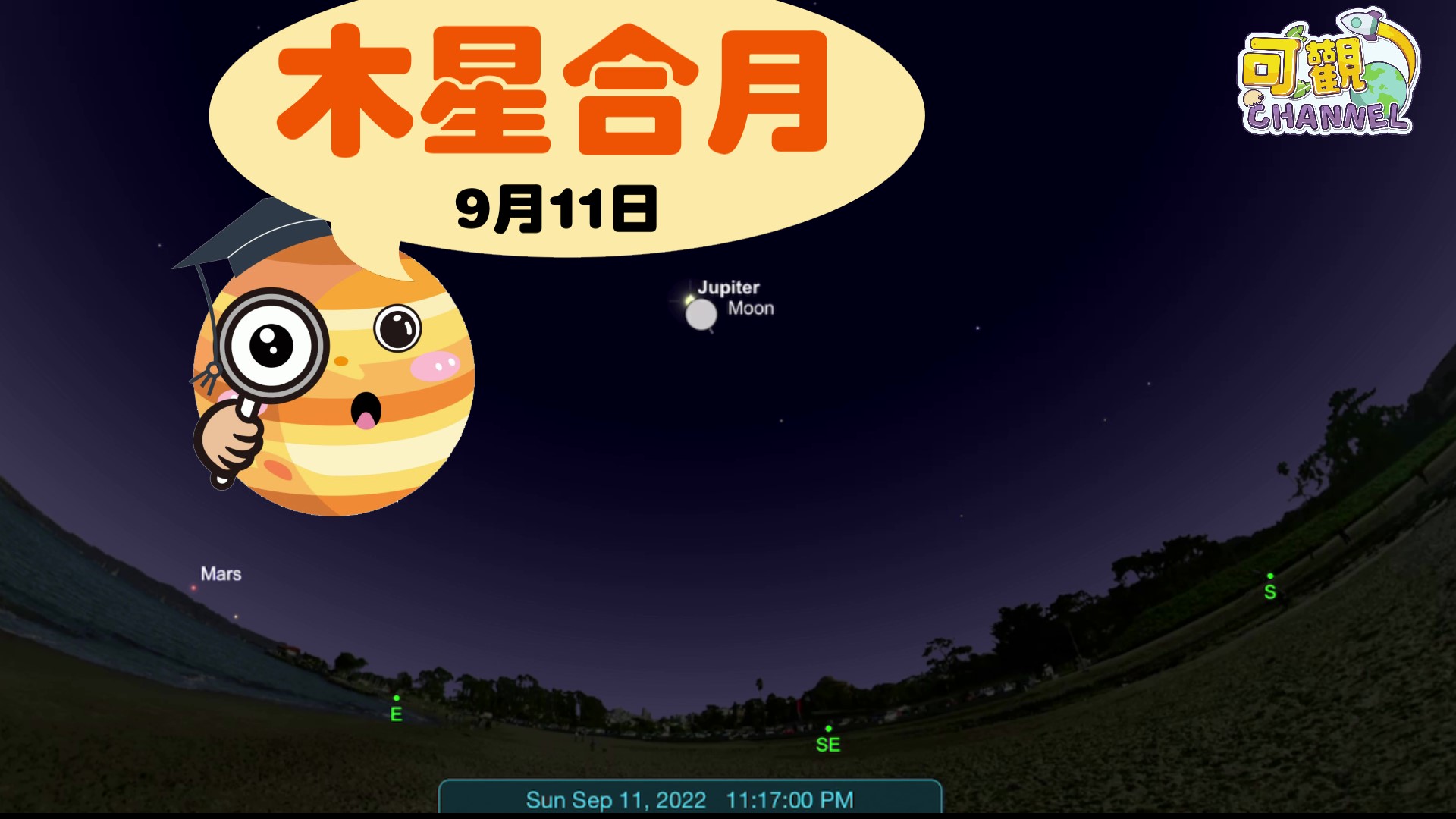
Related News
1. & 2. Eco Hunter (Junior & Senior)
Related Courses
Subject:
1. Eco Hunter (Junior)
2. Eco Hunter (Senior)
Through inquiry learning approach, students are provided with an active learning platform to experience the processes of inquiry, investigation, discussion, summarization and reflection in a natural environment.
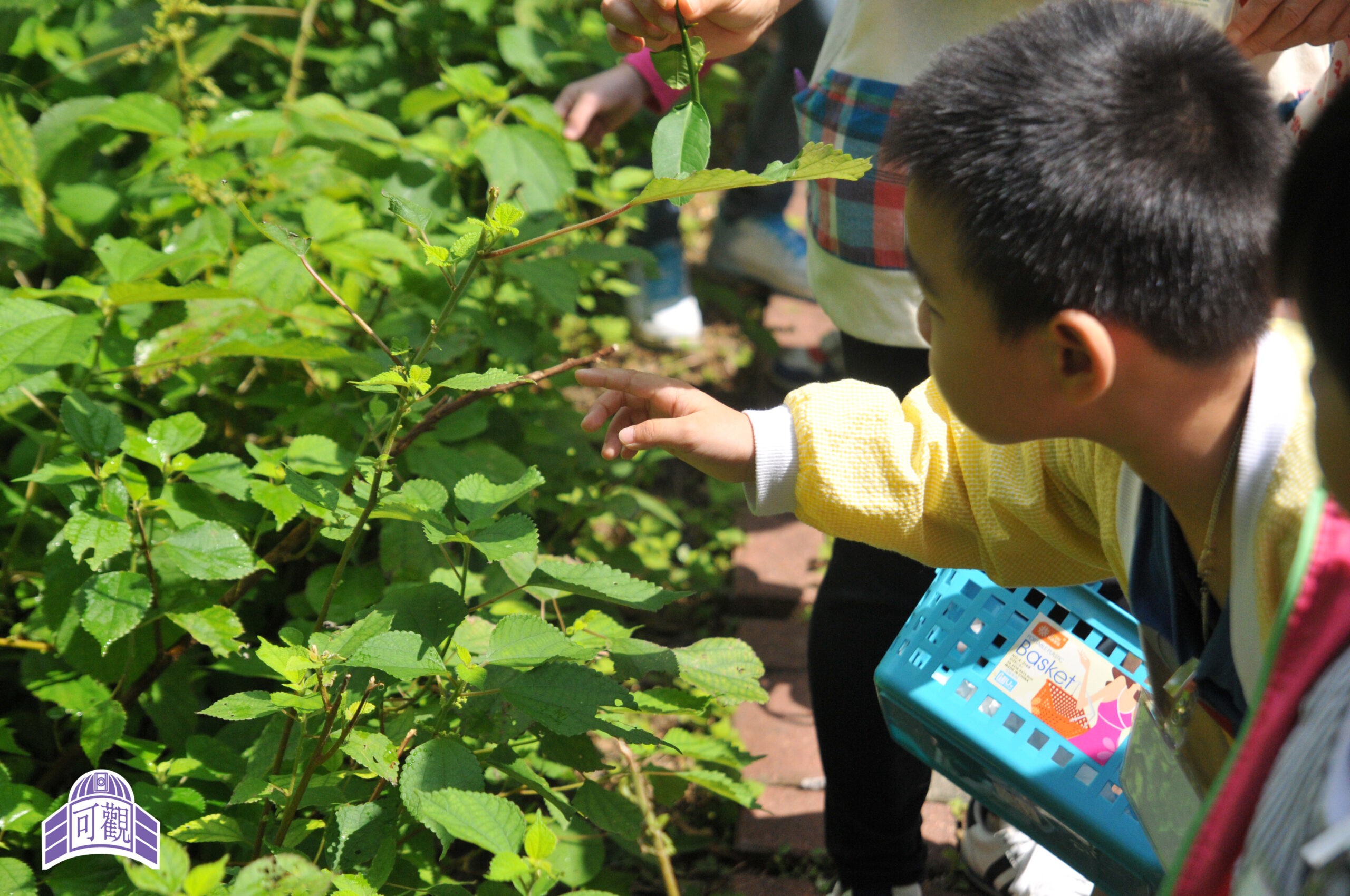
Activities:
.Explore a plant sample in groups
.Investigate and collect samples in the nature environment
.Research and record
.Use reused materials to create a handicraft
Eco hunter 1 (Junior)
Targets: Students aged 6 or above
Eco hunter 2 (Senior)
Targets: Students aged 10 or above
Objectives:
-
The Advanced Environmental courses are target to provide life-wide learning experiences for students to know more about our natural resources and the importance of environmental conservation in Hong Kong. During the course.
-
During the course, students' common knowledge on nature and astronomy will be strengthened.
-
By using the inquiry learning approach, the course will also emphasize students' creativity, analytical skills, problem solving, and communication skills.
Target: Students aged 6 or above
Number of Participants: Maximum 40 students per session
Duration: Approximate 2.5 hours per session (9:30am -12:00nn or 2:00pm -4:30pm)
Charge: Free of charge (Sponsored by Sik Sik Yuen Education Service Fund).
Remarks: Application for each school cannot be more than 6 courses.
Application: All schools in Hong Kong will receive a course registration notification letter in late August each year so that they can apply for the courses of the following year.
賞月攻略
賞月攻略
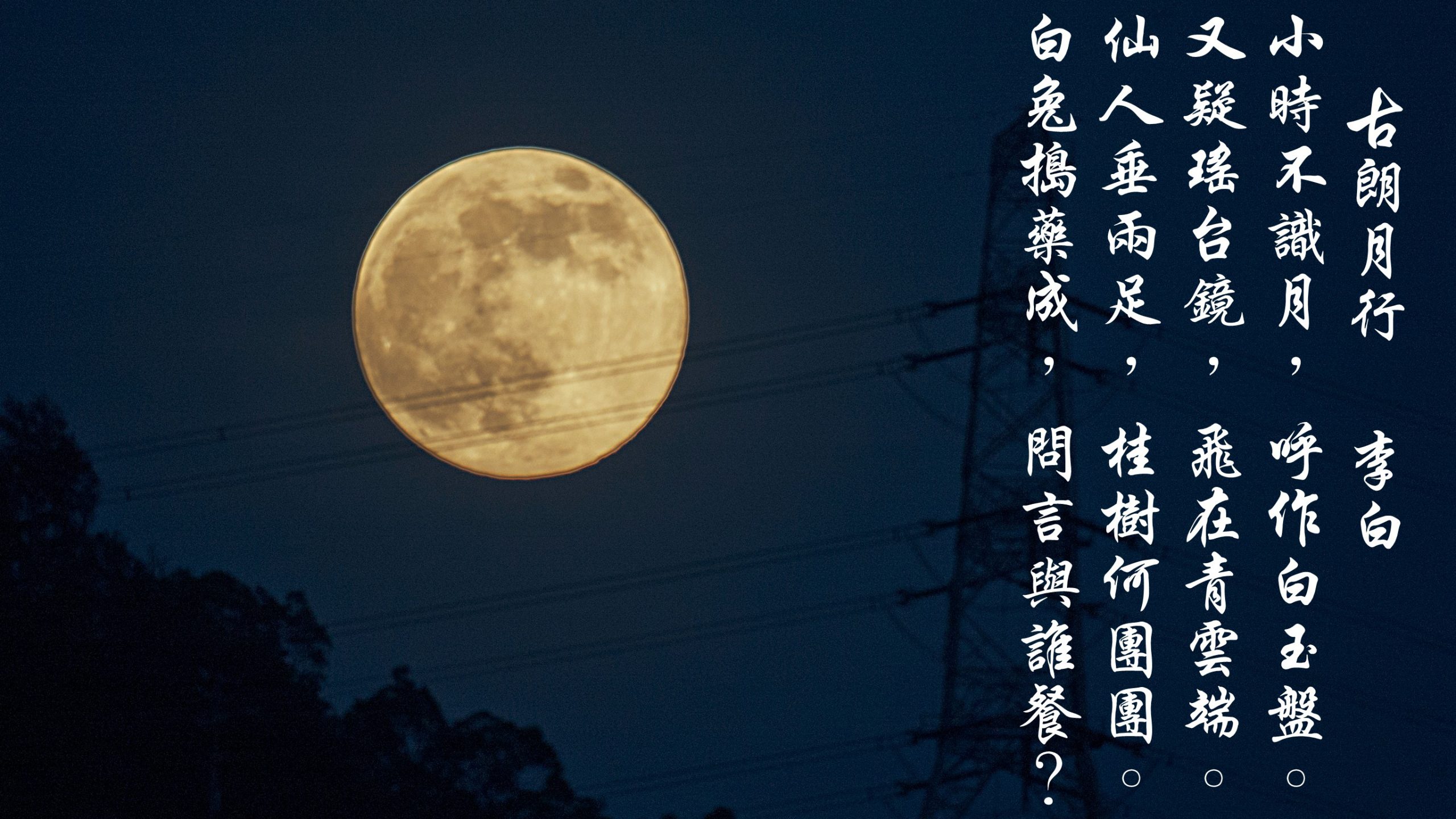
自古以來,人們對天上皎潔的月亮都充滿幻想。這當然是因為月球是夜空最明亮的天體,而且悅目多變,每隔29天多一點就經歷陰晴圓缺,彷似生生不息。如果遇上月食特別天象的話,更是引人入勝,嘖嘖稱奇。而只要大家仔細觀看,更會發現月亮表面佈滿明暗不一的特徵,看起來有如少女的身影,轉另一角度看又似一棵茂盛大樹,又或者恰似一隻大螃蟹。詩人李白在《古朗月行》中詠月,稱月亮作「白玉盤」,又稱之為「瑤台鏡」,更看到月上住了仙人,伴著桂樹以及白兔。古人就是利用豐富的想像力,為月亮譜上一個個生動美麗的傳說。
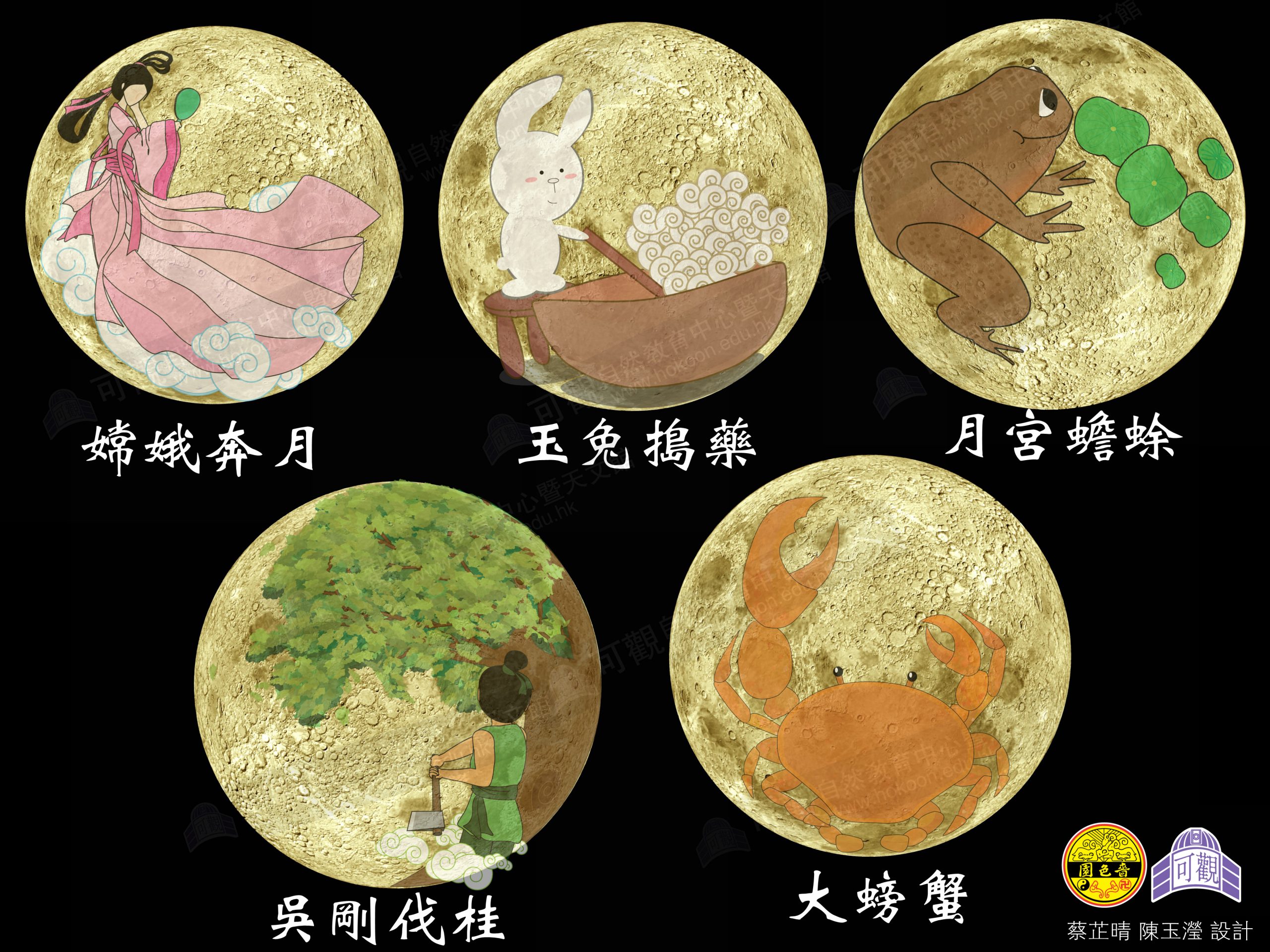
正因為有上述各種各樣的幻想,月亮在古時中國有很多個別名,包括月輪、月桂、桂宮、桂月、蟾光、玉蟾、銀蟾、清蟾、蟾蜍、蟾宮、玉兔、金兔、素娥、姮娥、銀盤、玉壺,等等……
現在,我們當然知道月亮上沒有嫦娥玉兔,月球這顆衛星只是一個死寂荒蕪的世界。月球表面佈滿大小不一的環形山,是受天體撞擊形成的隕石坑,人們多用科學家、探險家和古代哲人命名。至於廣闊而較暗淡的地形稱為月海,是月球早期受大大小小的天體撞擊後,由月幔流出的岩漿鋪成的玄武岩平原。由於月海地勢較平坦,很多時是探月任務合適的登陸位置。
下一次賞月時,大家不妨運用一下想像力,看看月海構成的圖形像什麼?如果透過小型望遠鏡,更可仔細欣賞月海和環形山等地貌,配合月面圖找出一個個有趣的特徵。
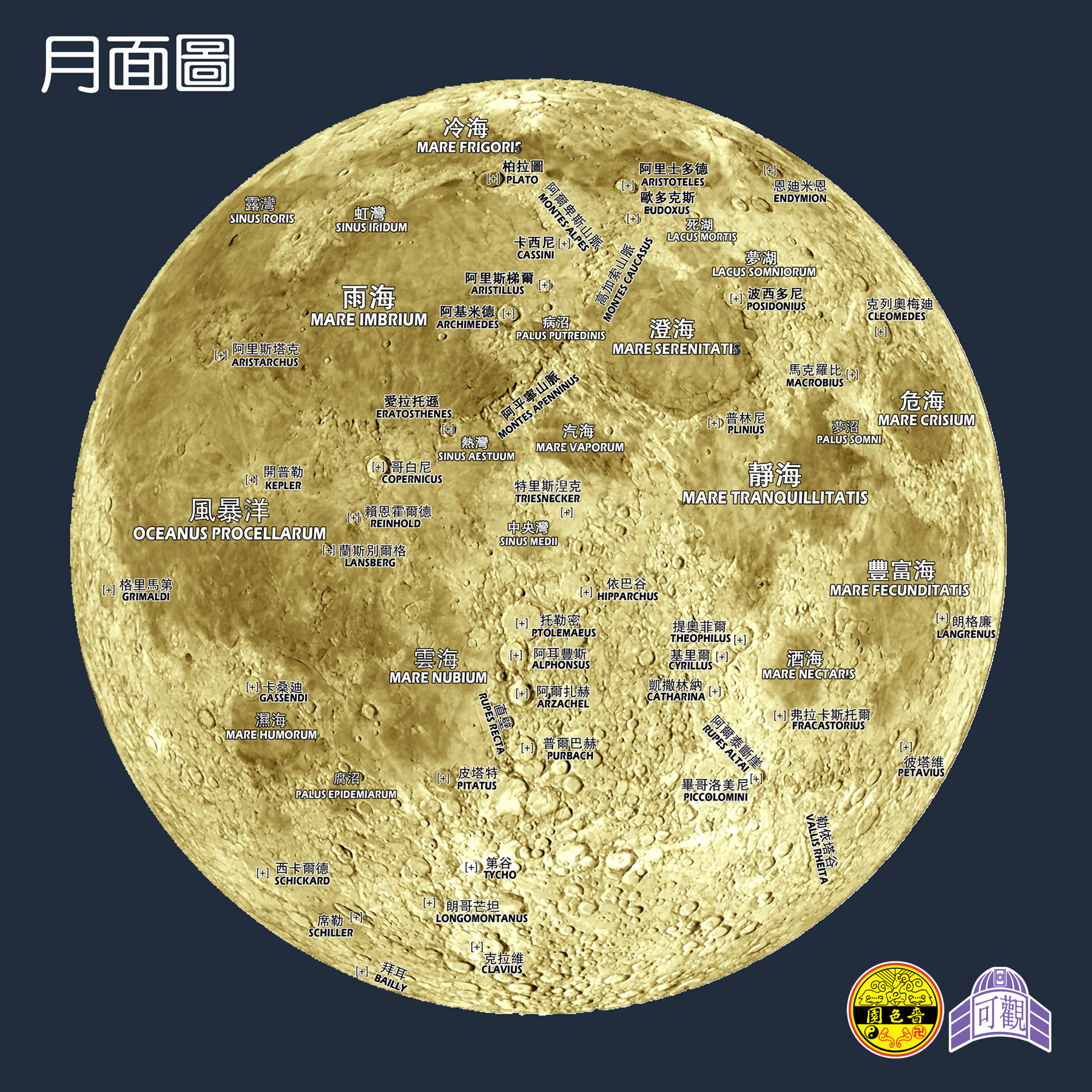
天文統籌
許浩強老師
Related News
- 1
- 2
Outreach Astronomy Programmes
Outreach Astronomy Programmes
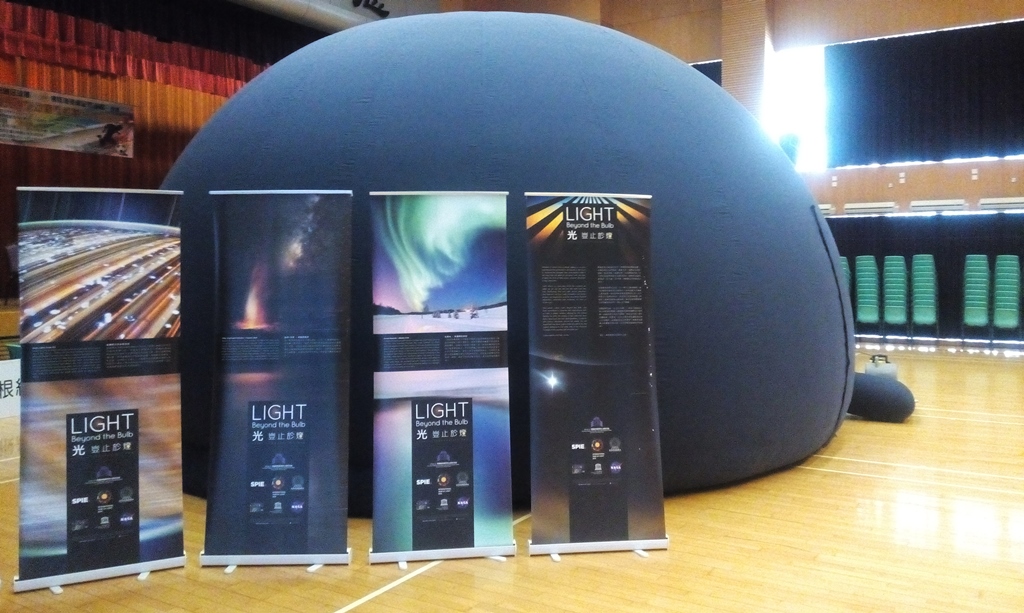
HKNEAC also organizes outreach astronomy activities at schools. In addition to giving lectures on astronomy to students, HKNEAC also brings a number of astronomical telescopes and a digital three-dimensional Astronomical Centre to the school, allowing students to access astronomical instruments and conduct astronomical observations on the campus.
For further details, please contact us at 2413 7122 or email astronomy@hokoon.edu.hk for inquiries.
Astronomy Courses: 13. Our Solar System & 14. Telescope - Reaching for Stars
Related Courses
Astronomy Courses:
13. Our Solar System
Through the activities of sun observation by using solar filter and simulating the equipments of star lab, students will learn about the solar system and space. The course will also increase their awareness of light pollution and environmental conservation.
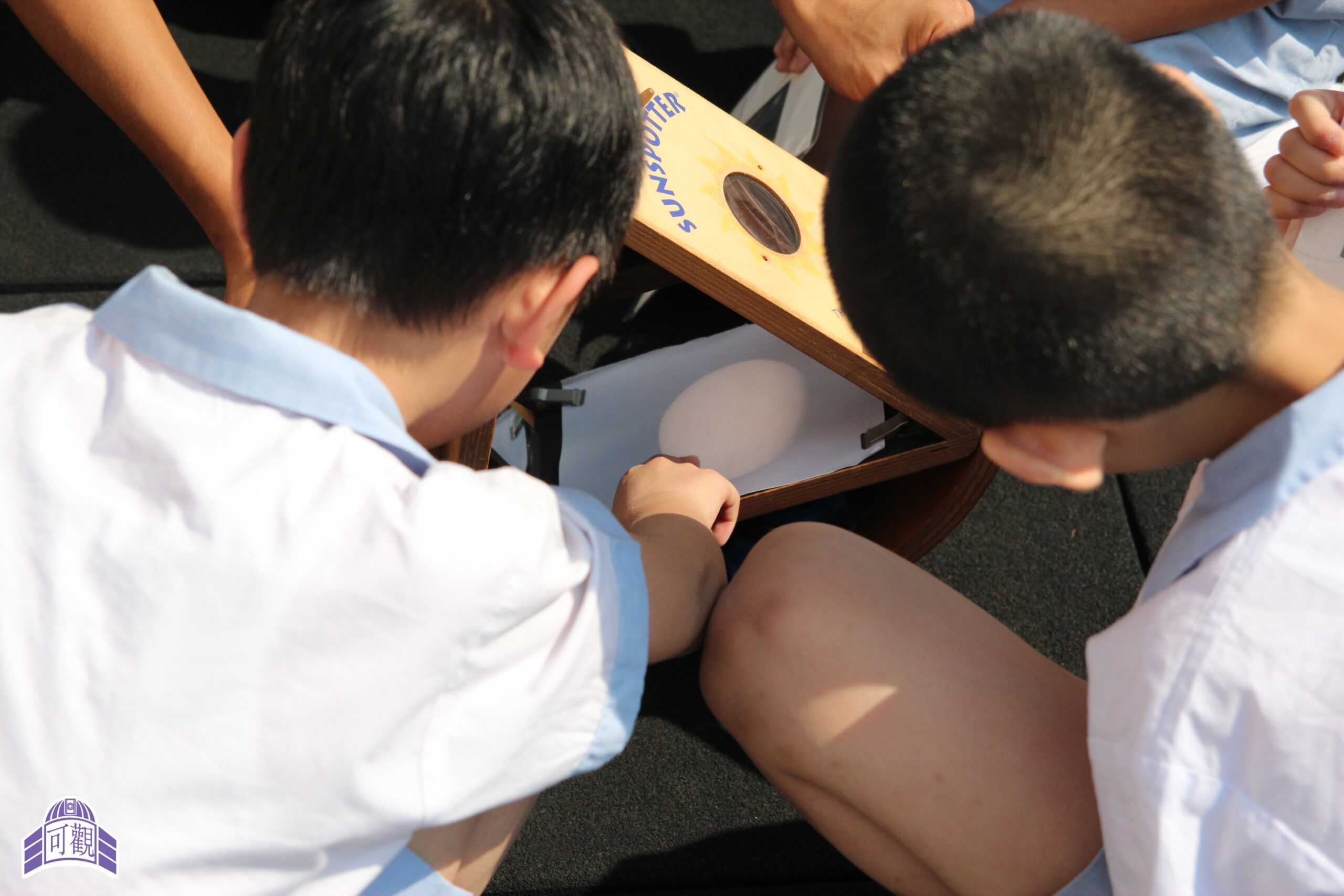
.Knowing our solar system
.Sun observation
.Simulating star lab to explore the universe
.DIY Sundial and other astronomy models
Targets: Students aged 10 or above
14. Telescope – Reaching for Stars
Through practical activities, students would learn the theories and applications of telescopes and experience the operation of professional astronomical telescope. While focusing on the importance of telescopes in the astronomy development history, this course would also nurture students’ attitude to exploring the truth via scientific methods.
Activities:
.Knowing more about telescopes
.Practicing telescopic observation
.Visiting the Professional Computer Telescope (with 0.5 aperture)
.DIY telescope and other astronomy models
Targets: Students aged 10 or above
Objectives:
-
The Advanced Environmental courses are target to provide life-wide learning experiences for students to know more about our natural resources and the importance of environmental conservation in Hong Kong. During the course.
-
During the course, students' common knowledge on nature and astronomy will be strengthened.
-
By using the inquiry learning approach, the course will also emphasize students' creativity, analytical skills, problem solving, and communication skills.
Number of Participants: Maximum 40 students per session
Duration: Approximate 2.5 hours per session (9:30am -12:00nn or 2:00pm -4:30pm)
Charge: Free of charge (Sponsored by Sik Sik Yuen Education Service Fund).
Remarks: Application for each school cannot be more than 6 courses.
Application: All schools in Hong Kong will receive a course registration notification letter in late August each year so that they can apply for the courses of the following year.
Introduction to Astronomy Course
Astronomy is the most ancient yet advanced science. Nowadays, with cutting-edge technology and the most profound theories, astronomy has become the most important and valuable knowledge of human civilization. Promoting astronomy education has always been an important educational goal of HKNEAC, where tens of thousands of students and the public have experienced the joy of learning astronomy over the years. HKNEAC houses a 0.5m reflecting telescope in the 6m dome, which was the biggest telescope in Southeast Asia. Since its inception more than ten years ago, HKNEAC has been equipped with a large number of astronomical facilities, making it an ideal place for students to engage in astronomical activities and take astronomy courses.
HKNEAC mainly provides a variety of astronomy education courses for the academic community, outreaching astronomy exhibitions in schools, and astronomy training for teachers.
The Centre also accepts applications from NGOs for evening stargazing activities. For further details, please contact us at 2413 7122 or email astronomy@hokoon.edu.hk for inquiries.
Targets: All primary and secondary school students in Hong Kong
Number of Participants: Maximum 40 participants in each session
Senior Secondary Astronomy Course
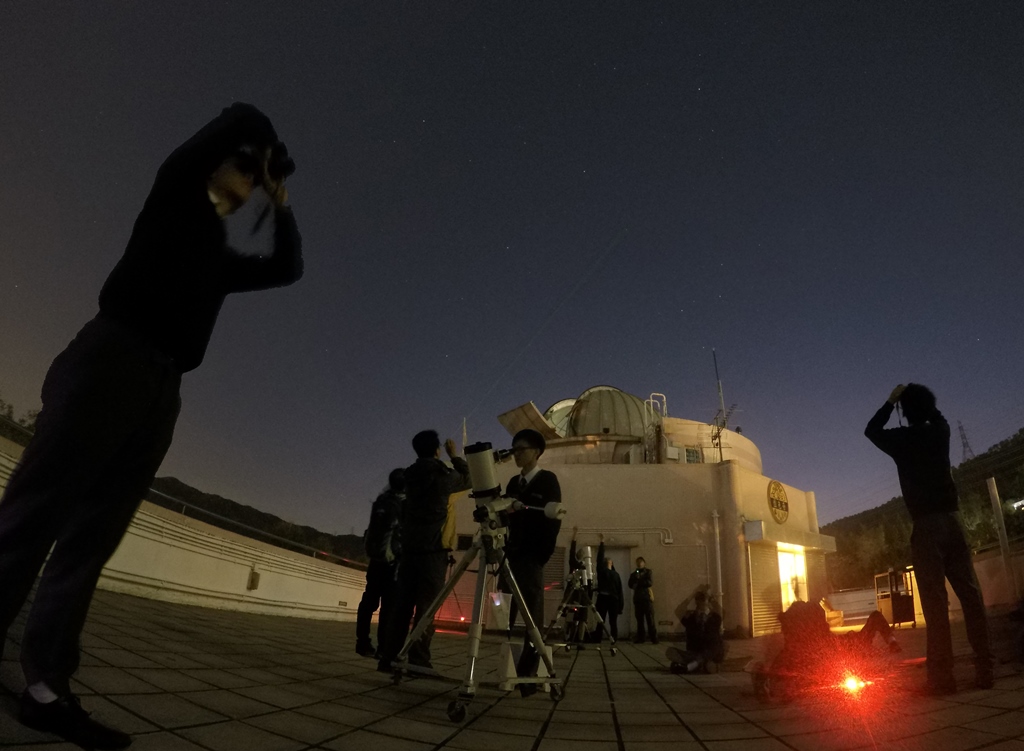
Astronomical observation is the most basic and important part of learning astronomy. In conjunction with “Astronomy and Space Science”, one of the elective course of Senior Secondary Physics, this course aims to use the favourable environment and astronomical facilities of HKNEAC to enable students to conduct various astronomical observations, practice the use of astronomical instruments, and apply astronomical knowledge and skills to their daily lives. The high school astronomy curriculum features 3 different themes, including solar observation, celestial sphere concepts, and telescope workshops.
Stargazing and Astronomical Activities
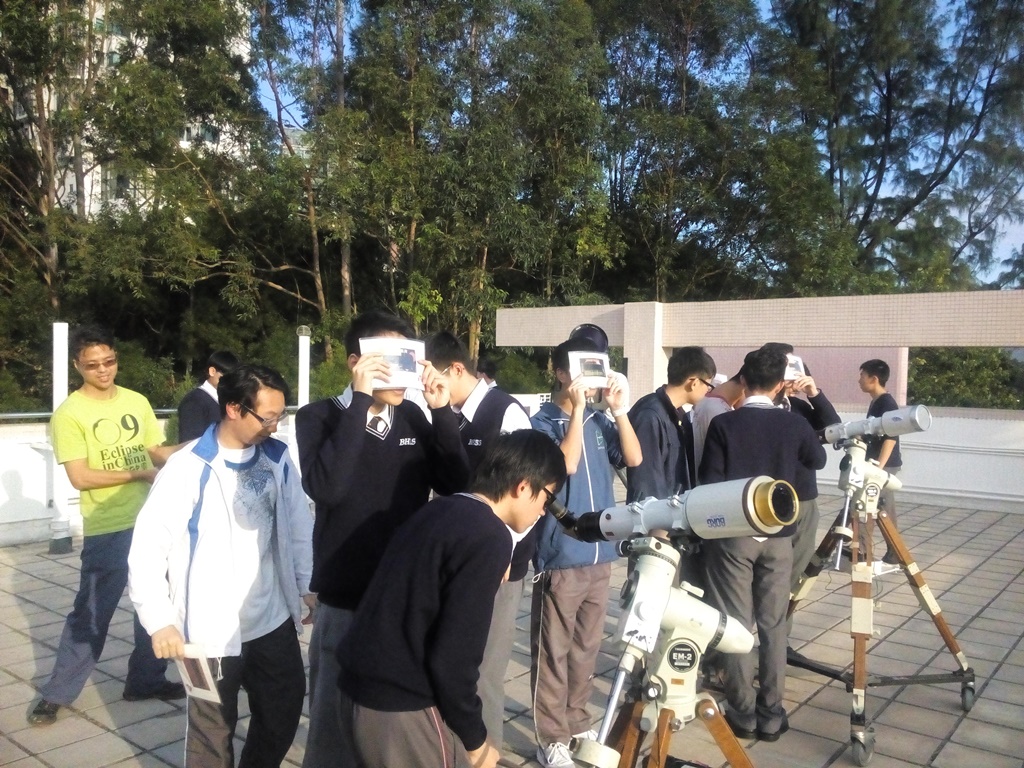
Schools or NGOs may apply to HKNEAC for daytime or nighttime stargazing and astronomical activities, including lectures, astronomical observations, visits to the telescope and planetarium. Through easy-to-understand content, the activities allow participants to learn about constellations, the solar system and the universe, and share fun facts about astronomy with the students. Under the guidance of an instructor, the participants brought the starry sky closer to themselves by operating different kinds of astronomical telescopes.
Astronomy course for field study
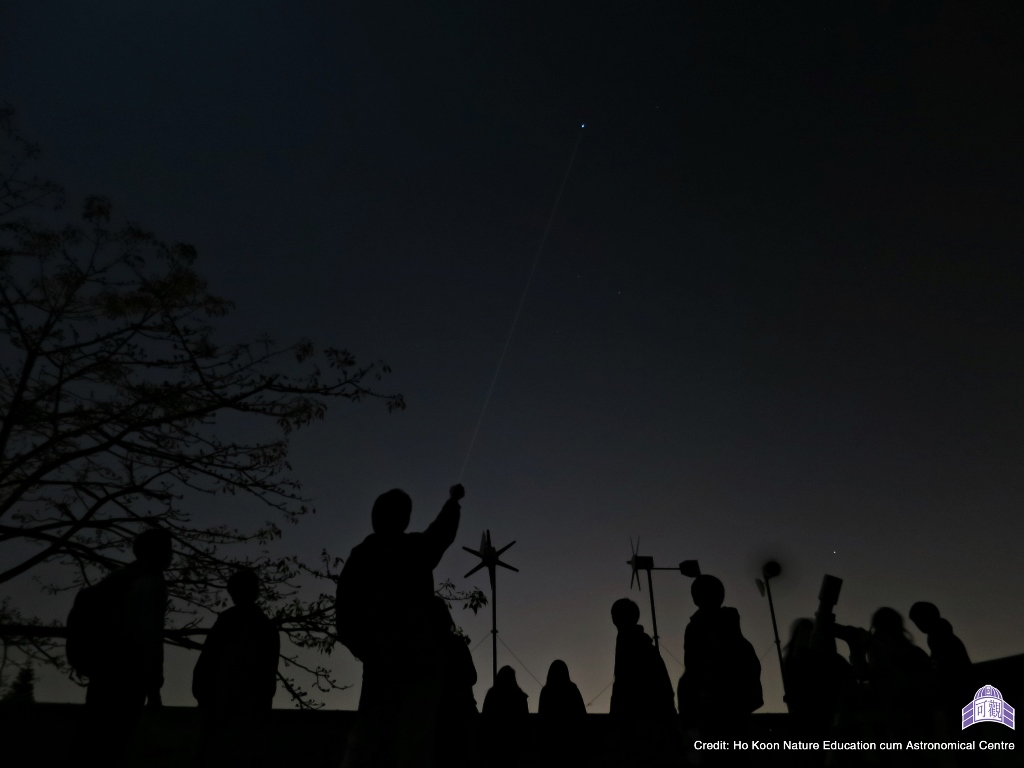
HKNEAC provides field study courses for Senior Secondary Biology or Geography students every year. In addition, HKNEAC will provide an evening Astronomy course for students participating in field study courses. Since students have limited opportunities to get in touch with astronomy on campus, HKNEAC will add astronomical activities to students’ field study courses to give students a taste of stargazing.


